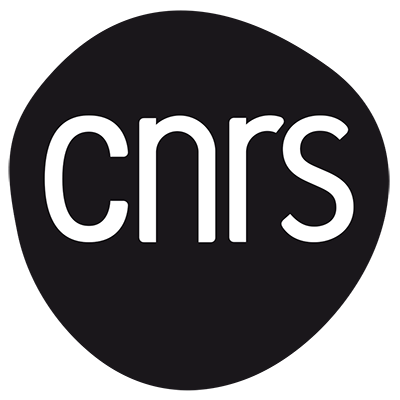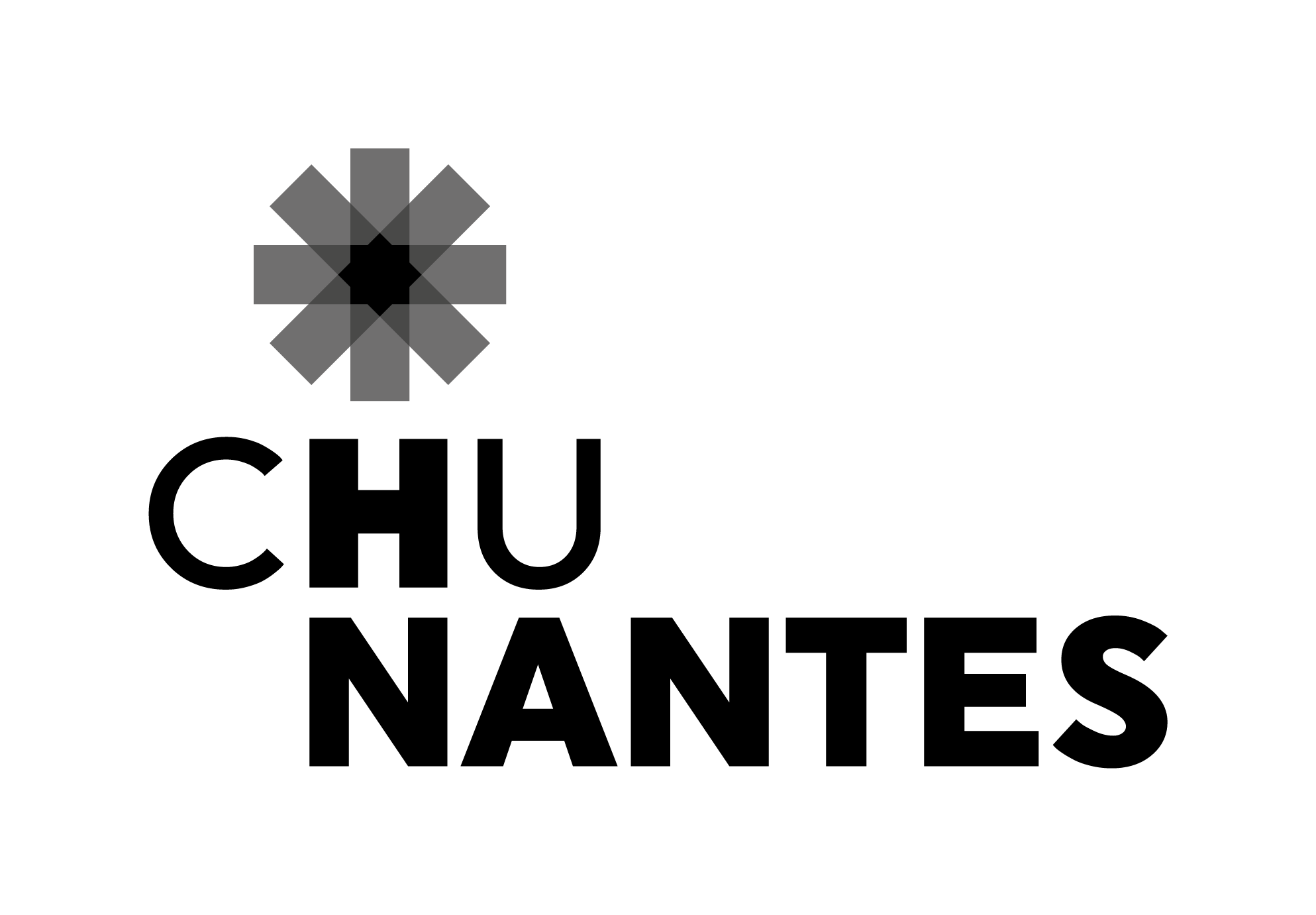Post-translational regulation of cardiac Nav1.5 channels
Investigator : Céline Marionneau
Support staff : Agnès Tessier
The voltage-gated Na+ channel NaV1.5 is essential for normal cardiac excitability, as evidenced by the strong link between channel dysfunction and life-threatening arrhythmias. Yet, many molecular aspects of this channel regulation remain poorly understood. In particular, NaV1.5 is tightly regulated within macromolecular protein complexes and local signaling domains that control channel post-translational modifications (PTMs), expression and function. However, while previous studies have suggested roles for numerous PTMs and interacting proteins in regulating NaV1.5, the native PTMs and interactome of cardiac NaV1.5 channels, the detailed sites of interaction of interacting proteins with the channel, and how these PTMs and interactome are altered in response to the various physiological and pathophysiological circumstances remain largely unknown. The research developed in this team is aimed at delineating the molecular dynamics of cardiac NaV1.5 channel protein complexes in physiological and pathophysiological excitability. Three main goals are being developed. The first goal is to identify by proteomics the native cardiac NaV1.5 channel PTMs and interactome. The second goal is to delineate the functional roles of newly-identified NaV1.5 PTMs and interacting proteins. The third goal is to investigate the dynamics of channel complex composition in various acquired or inherited pathophysiological conditions associated with an increased arrhythmia risk. In addition to providing new insights into the comprehension of cardiac NaV1.5 channel physiology, the research developed will provide an exhaustive framework for interpreting channelopathies that remained mechanistically unexplained, giving a clearer view on how genetic variants and PTMs dynamically influence channel interactome and function.
Learn more about our projects
- ANR PRC DYNAVEX : Céline Marionneau (2024-2028)
Determinants of iFGF13-mediated regulation of myocardial voltage-gated sodium (NaV) channels in mouse. Lesage A, Lorenzini M, Burel S, Sarlandie M, Bibault F, Lindskog C, Maloney D, Silva JR, Townsend RR, Nerbonne JM, Marionneau C. J Gen Physiol, 2023, 155(9):e202213293.
Proteomic and functional mapping of cardiac NaV1.5 channel phosphorylation sites. Lorenzini M, Burel S, Lesage A, Wagner E, Charrière C, Chevillard PM, Evrard B, Maloney D, Ruff KM, Pappu RV, Wagner S, Nerbonne JM, Silva JR, Townsend RR, Maier LS, Marionneau C. J Gen Physiol, 2021, 153:e202012646.
C-terminal phosphorylation of NaV1.5 impairs FGF13-dependent regulation of channel inactivation. Burel S, Coyan FC, Lorenzini M, Meyer MR, Lichti CF, Brown JH, Loussouarn G, Charpentier F, Nerbonne JM, Townsend RR, Maier LS, Marionneau C. J Biol Chem 292: 17431–17448, 2017.
Regulation of the cardiac Na+ channel NaV1.5 by post-translational modifications. Marionneau C, Abriel H. J Mol Cell Cardiol 82: 36–47, 2015.
Mass spectrometry-based identification of native cardiac Nav1.5 channel a subunit phosphorylation sites. Marionneau C, Lichti CF, Lindenbaum P, Charpentier F, Nerbonne JM, Townsend RR, Mérot J. J Proteome Res, 2012, 11:5994-6007.
Funding
- Agence Nationale de la Recherche
- National Institutes of Health
- Genavie






